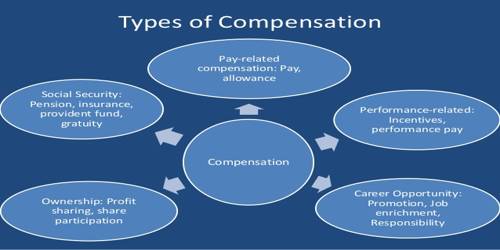The return on brand (ROB) is an indicator used to measure brand management performance. ROB is much easier to measure and improve because it mostly affects business processes, not investment. It is an indicator of the effectiveness of brand use in terms of generating net income. In fact, it is a special case of return on assets (ROA). The idea is actually quite simple and can be implemented by any business on their own: just take a look at the above diagram and define your own company’s processes.
ROB is calculated as the ratio of net income to brand value:
ROB = Net Income/Brand Value
Usage
Return on brand can be used in multi-criteria models for assessing the effectiveness of branding, as well as intellectual capital (since the brand is a component of relational capital).
Brands matter, but their value is difficult to quantify. It requires different time periods and/or different markets in which brand equity has experienced significant change. It is believed that if the brand value of the company increases, its net profit should also increase, otherwise the value of ROB will decrease, which indicates a decrease in the effectiveness of brand management in terms of creating net profit. At the same time, if the brand value falls, and this does not lead to a decrease in the net profit of the enterprise, the ROB value increases, which indicates a relative increase in the brand management efficiency.
If a company sells its brand as an intangible asset to another organization, it terminates branding events with respect to it, since this function transfers to the new owner of the brand. In the absence of experimental or statistical evidence, we are back to conceptualizing the role of brand equity just as those justifying investments in people, IT, and organizational culture do. Thus, ROB allows clarifying how effective it is for a company to change the value of the brand associated with it. For this reason, the diagnosis of the impact of brand value on a business is relevant only with a joint analysis of ROB. But it is reassuring to know the solid evidence exists to support the general assertion that brand investments, on average, have been shown to pay off.
















